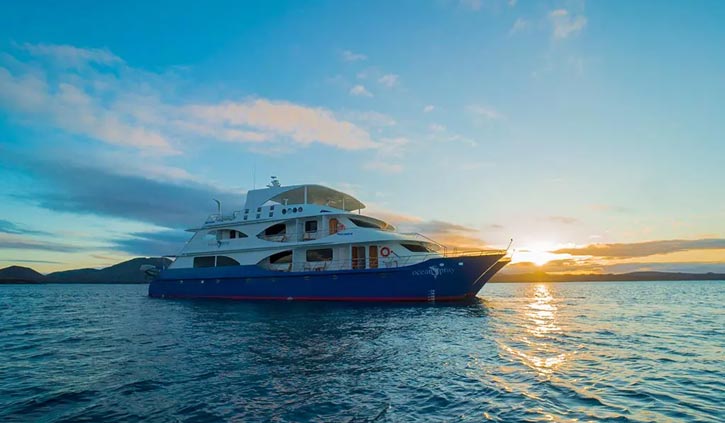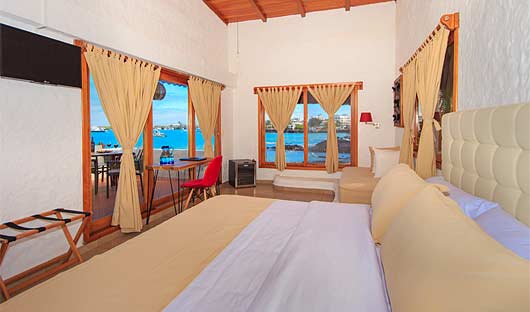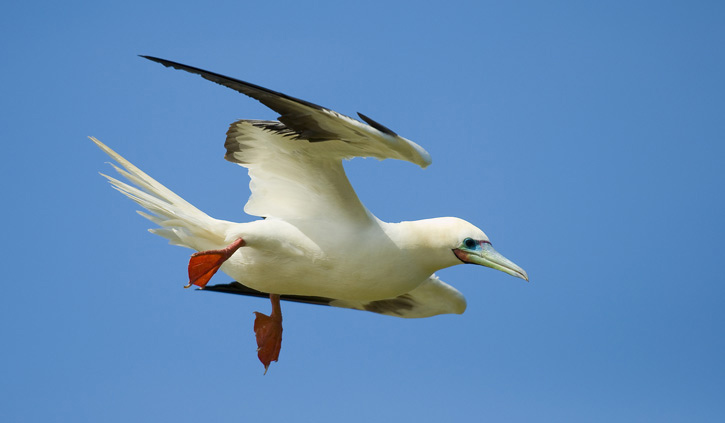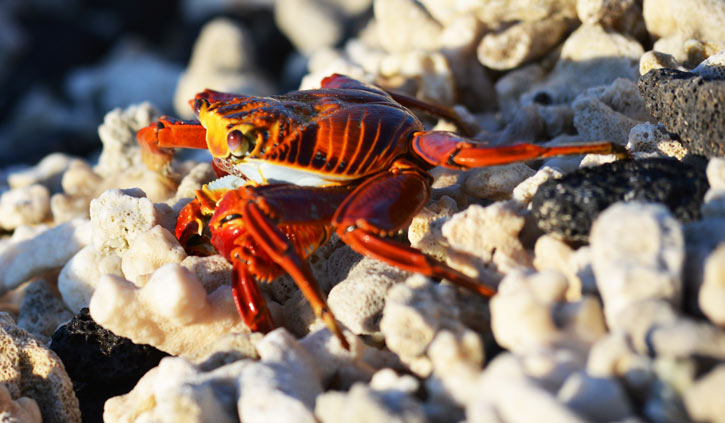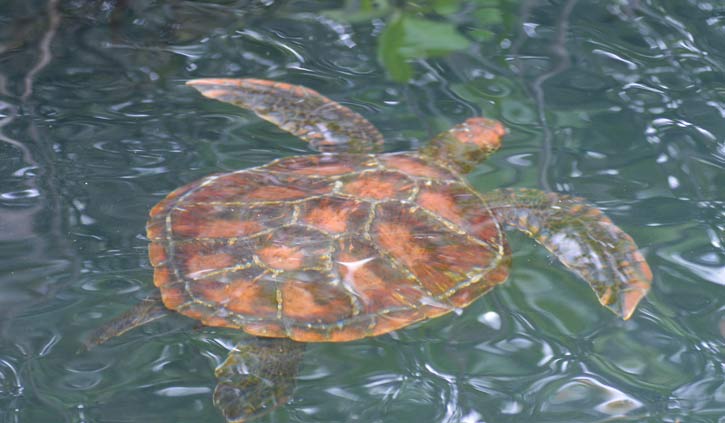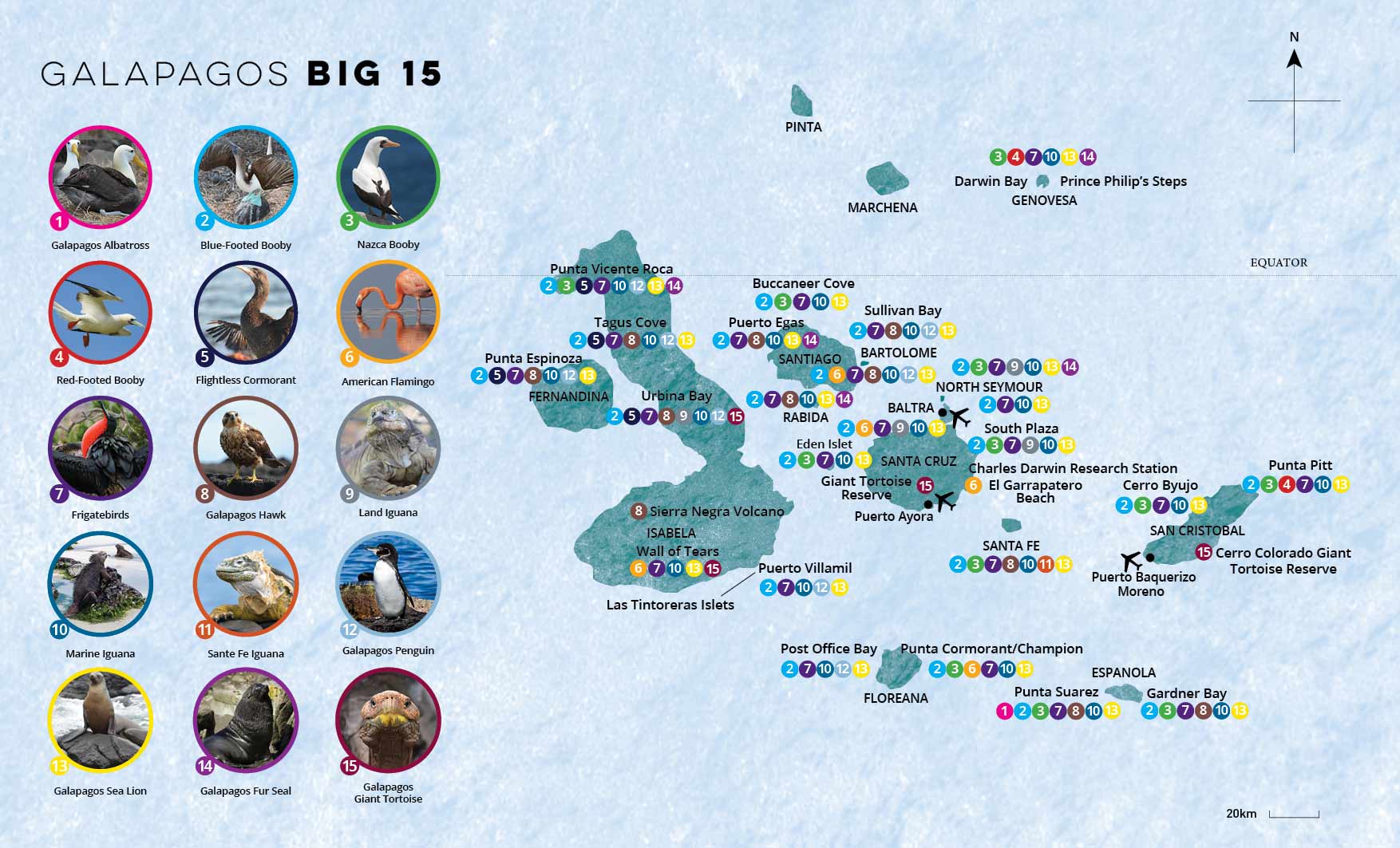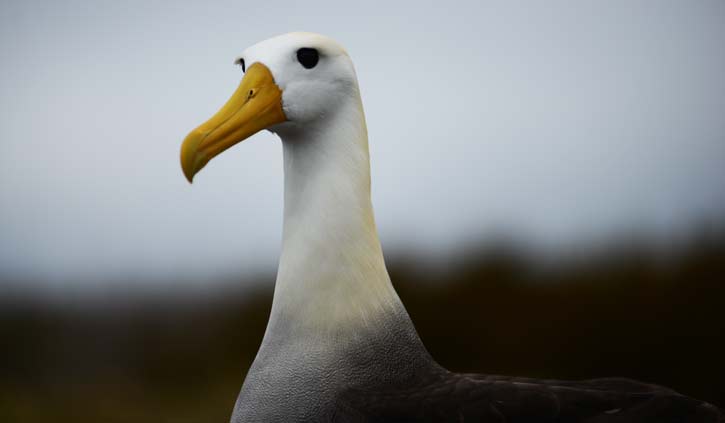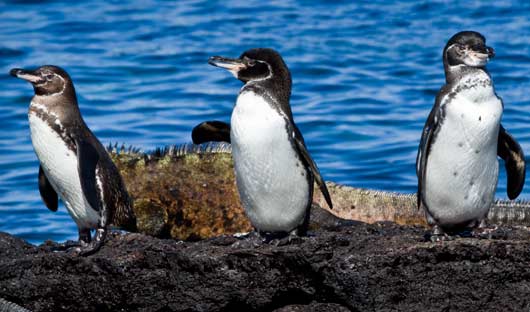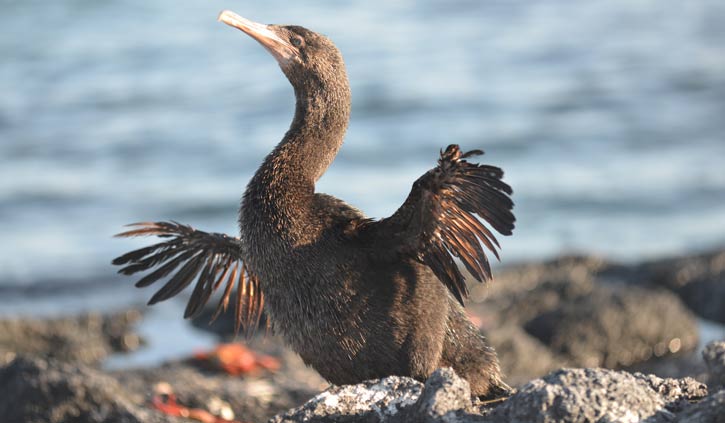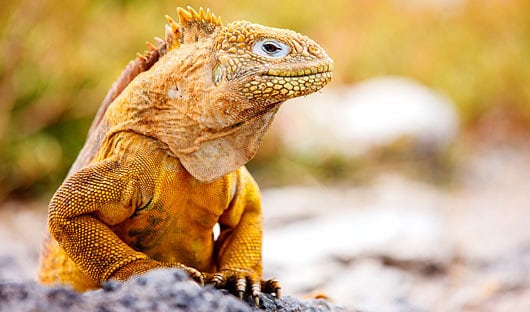GALAPAGOS ISLANDS CRUISES
A Galapagos Islands cruise is so many things rolled into one – a relaxing holiday, an adventure, and foremost, a wildlife extravaganza. It truly is the experience of a lifetime, not only for birdwatchers or wildlife obsessives but for every traveller who has any interest in seeing the incredibly diverse and often unique species of birds, reptiles and mammals. The isolation of the islands and the minimal contact with humans has made the wildlife almost totally unafraid and allows visitors to see them at closer quarters.
On a luxury or first-class Galapagos cruise you will visit many of the islands where you will participate in short walks, snorkelling, Zodiac (Panga) cruising and kayaking as well as visiting the Giant Tortoise Breeding Centre.
At Galapagos Cruise Travel Centre we will create a unique, tailor-made itinerary specifically for you including a Galapagos Island cruise and any additional exploration in Ecuador that suits your interests. This may include the Amazon rainforest, the cloud forest or a perhaps trip down the avenue of the volcanoes. Our expert travel consultants have firsthand experience and will create the perfect Galapagos holiday for you and your travel companions.





